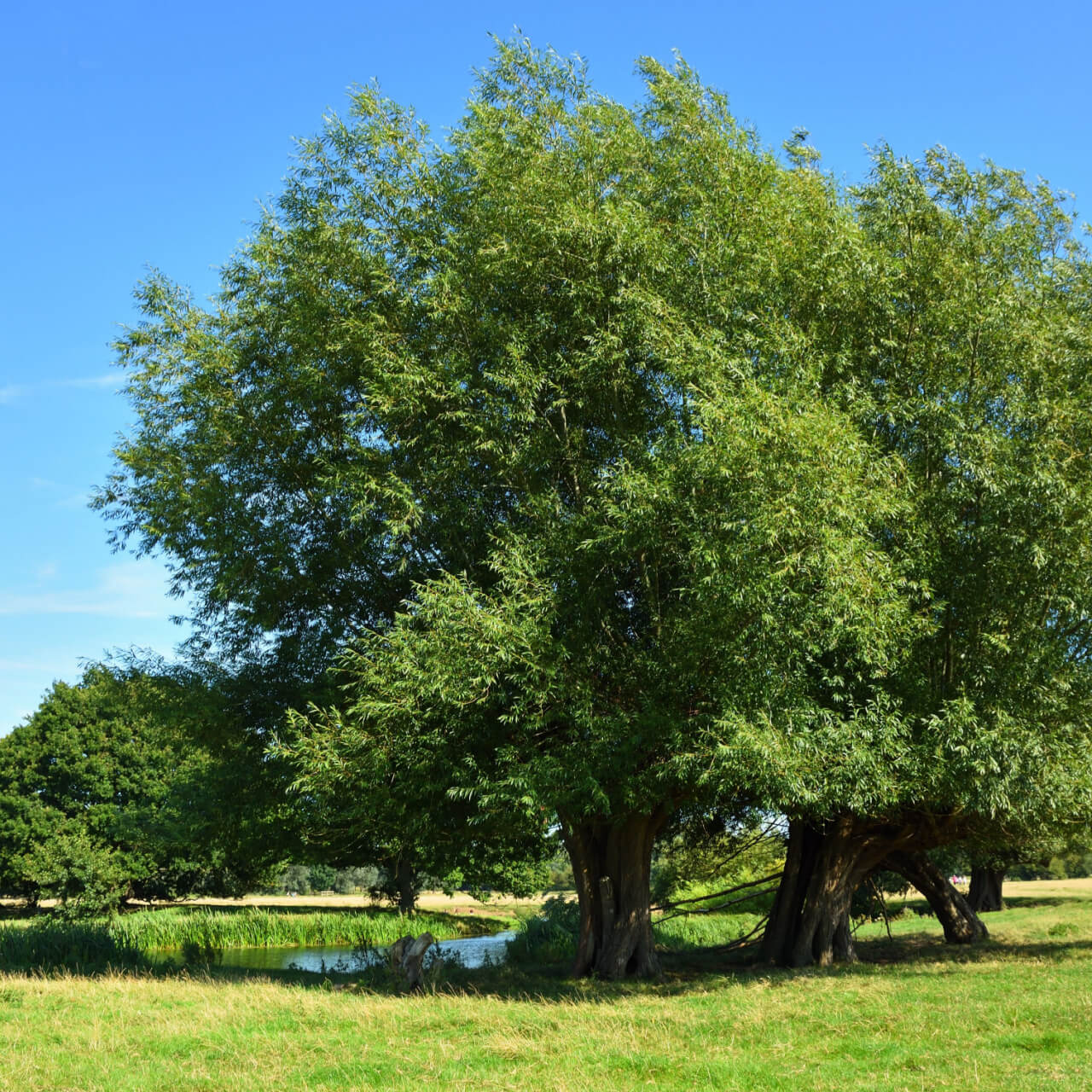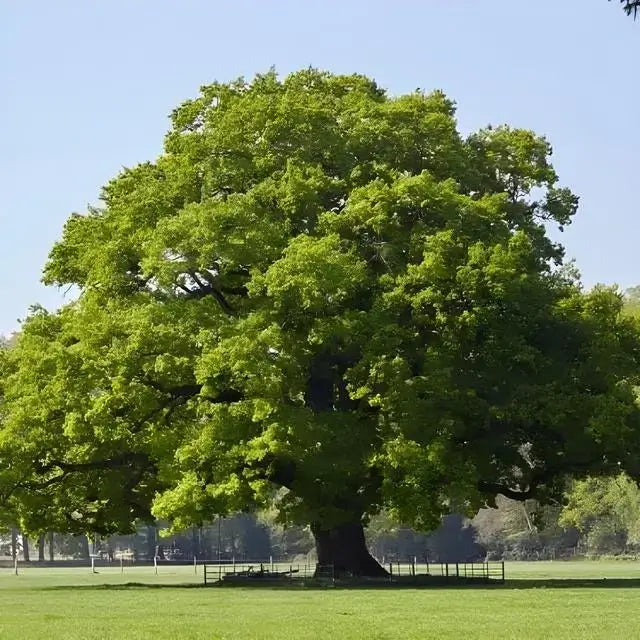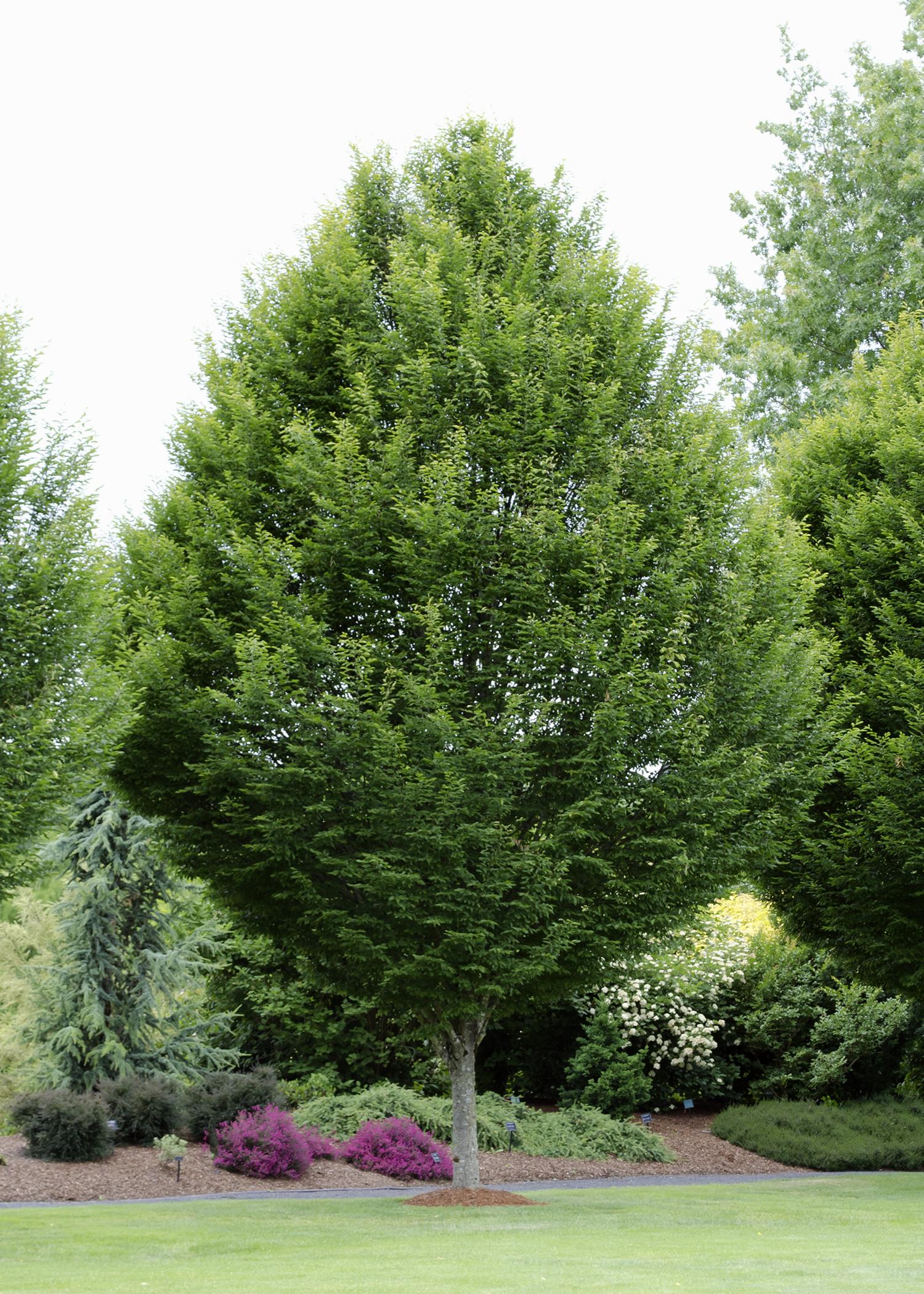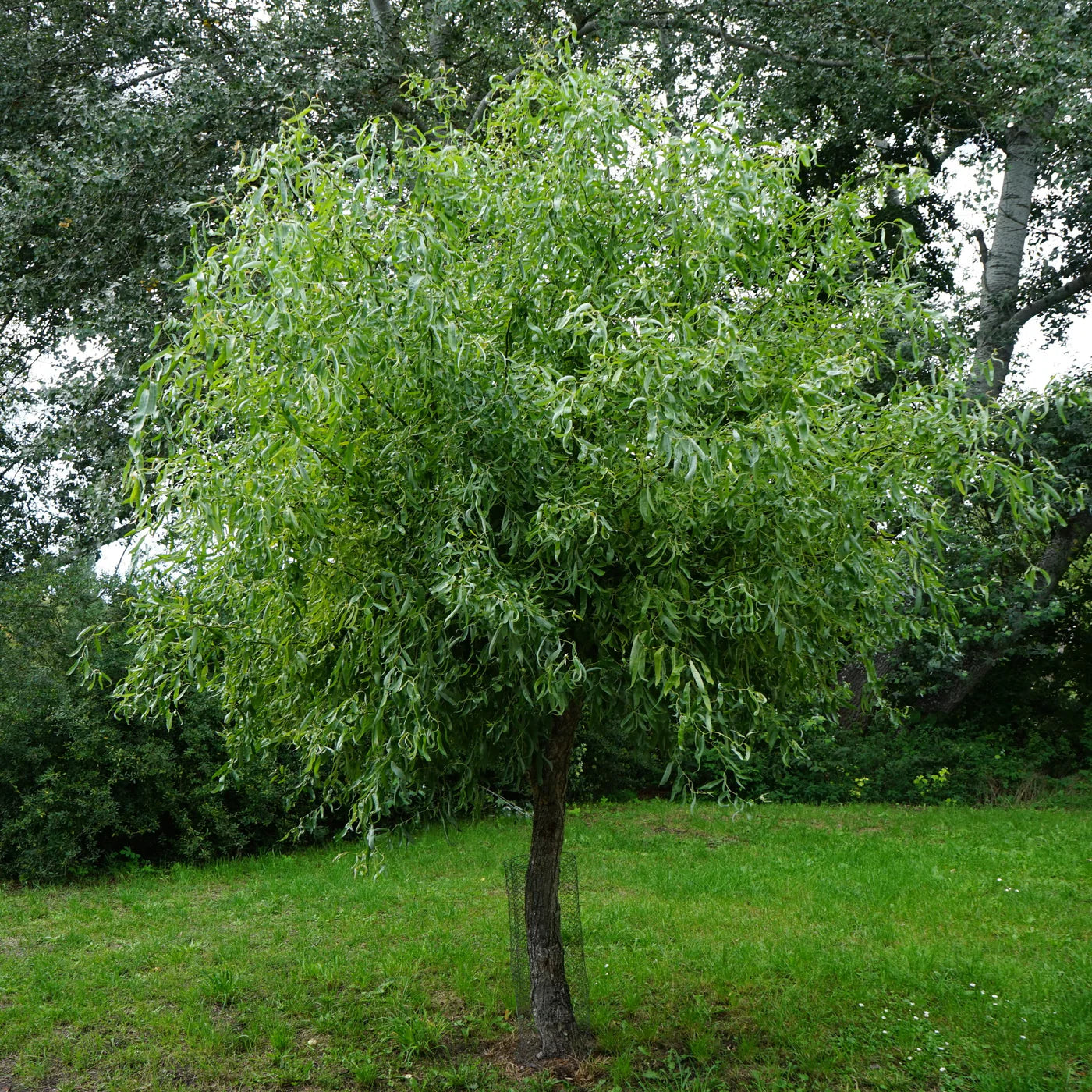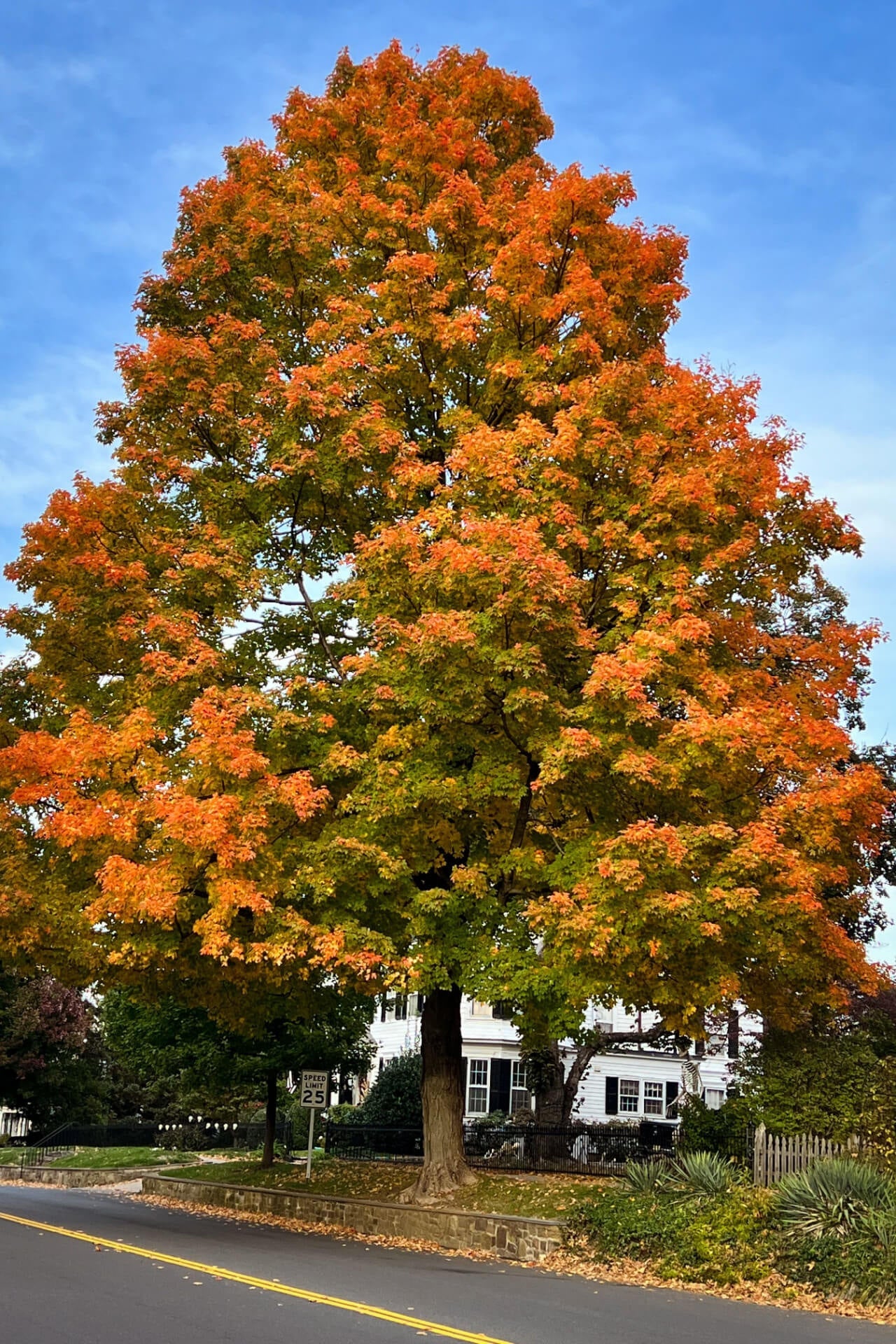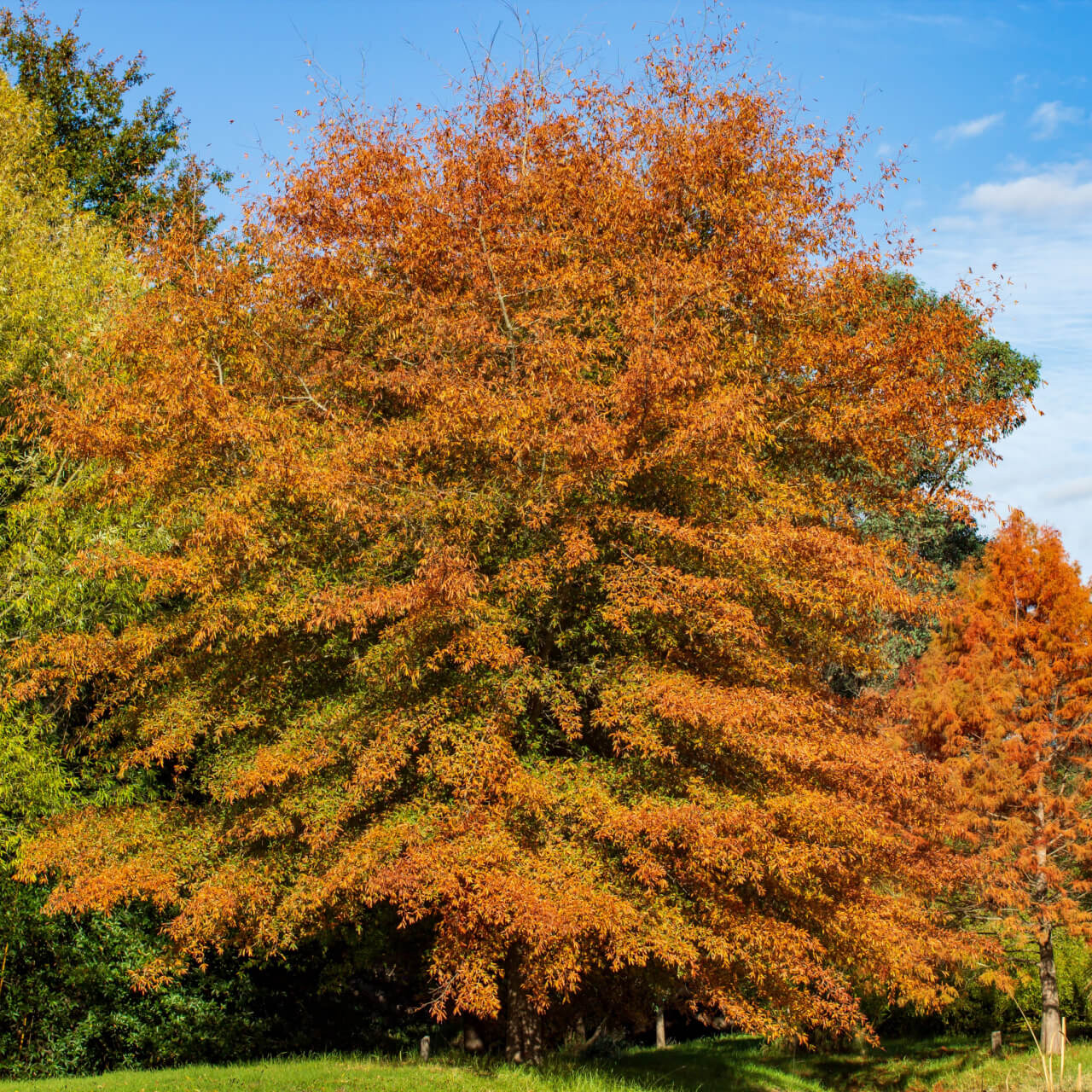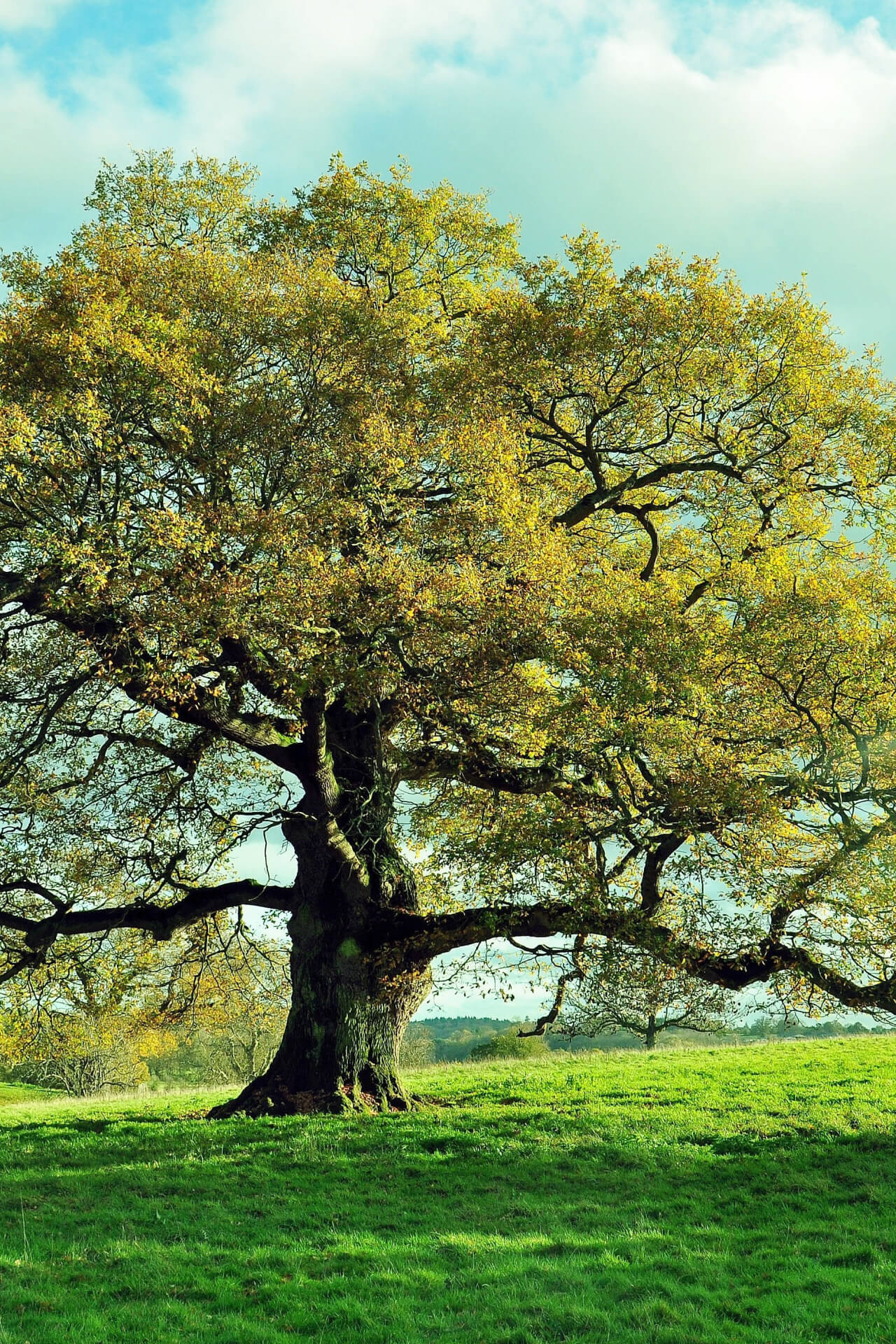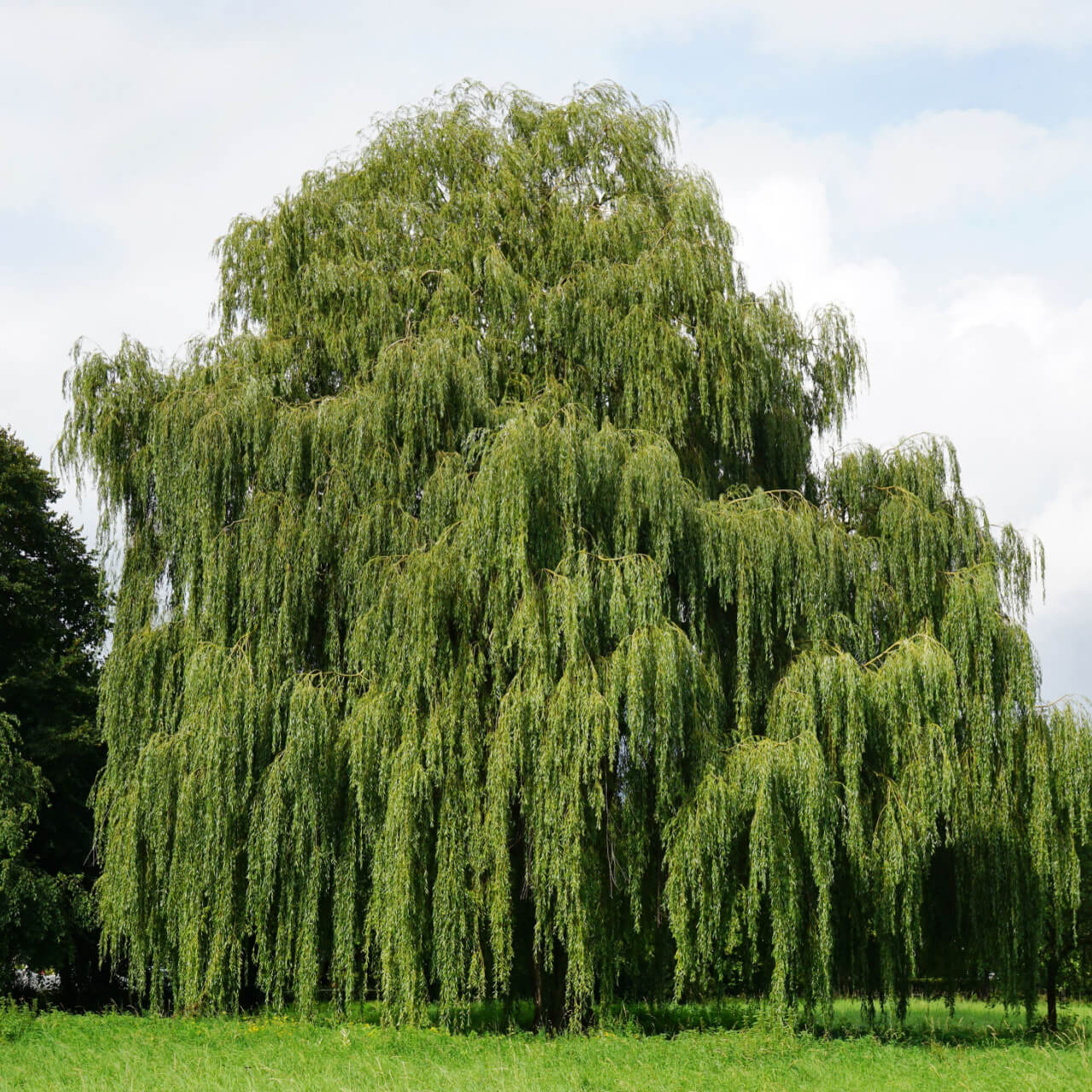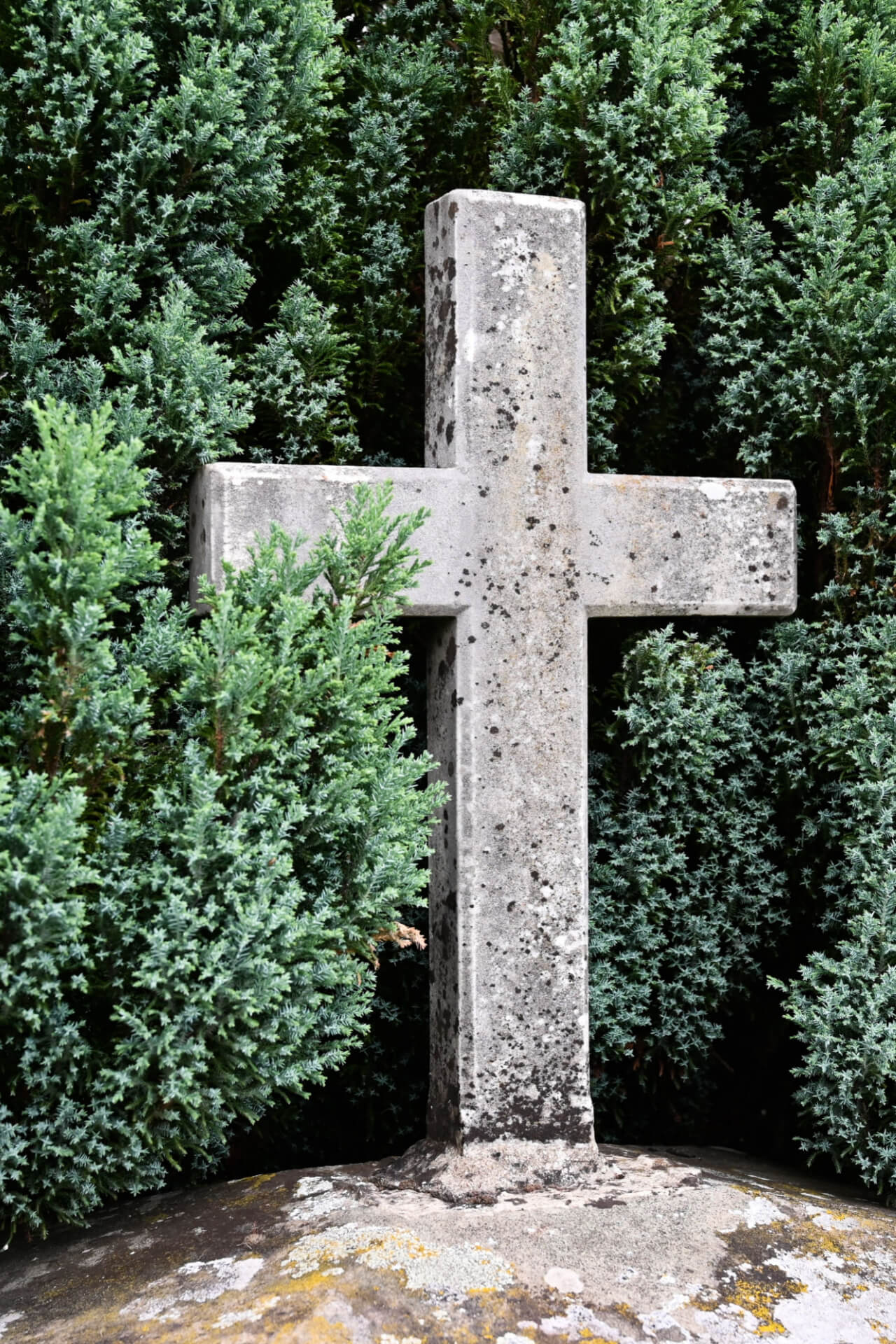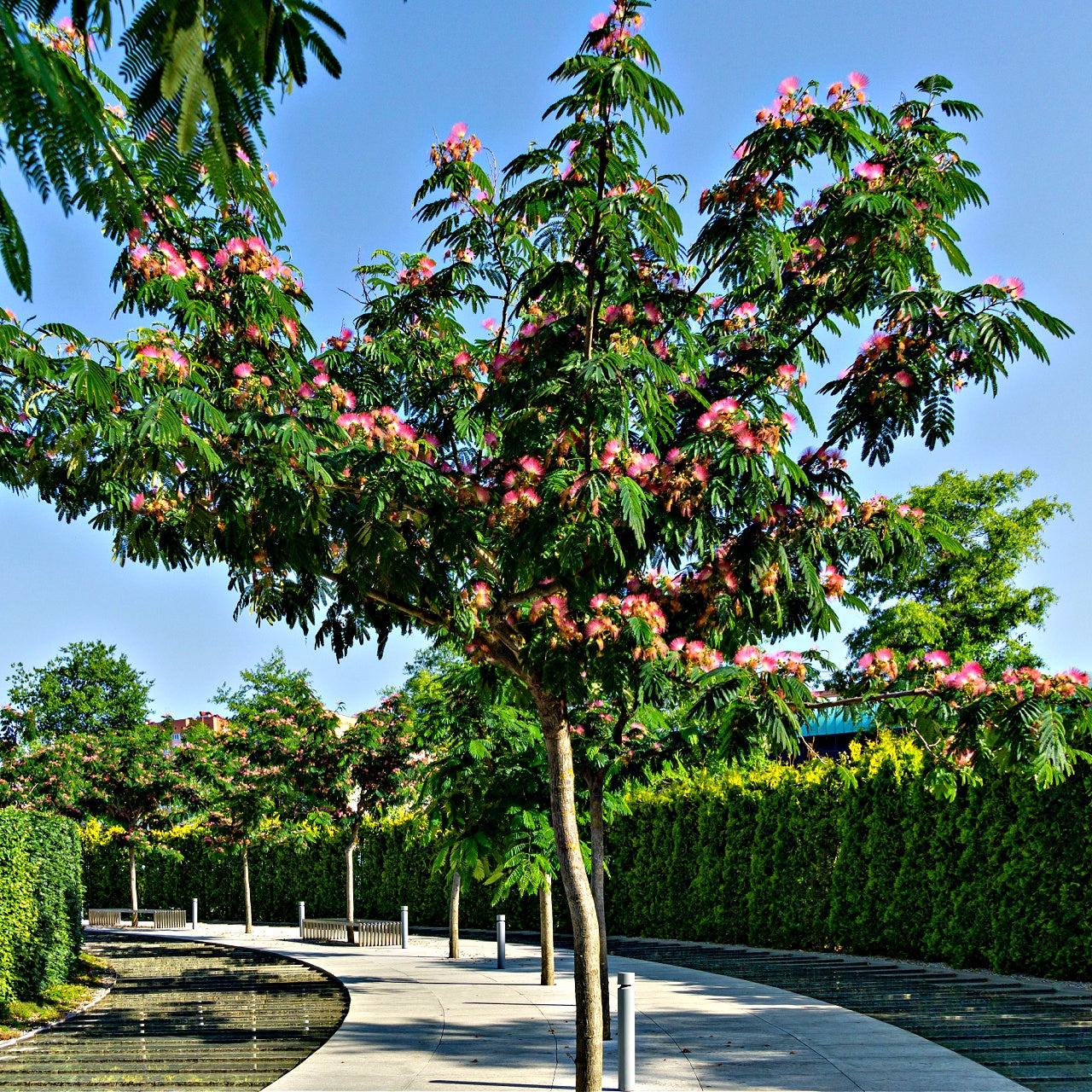Filters
Sort Best selling
-
Black Willow Tree -
Chestnut Oak Tree -
Hornbeam Tree -
Corkscrew Willow -
Pin Oak Trees -
Elm Tree -
Willow Oak Tree -
Southern Magnolia -
Overcup Oak Tree -
Red Buckeye Tree - Firecracker -
Package of 6 Fast Growing Trees - Top Growers, Selected For Your Zone -
Bur Oak Tree -
Memorial Tree - A Living Tribute -
Persian Silk Tree -
Tree of Life - Gingko Biloba -
Pawpaw -
Box Elder Trees
Shade trees are truly multipurpose ornamentals—they offer beautiful, functional magic to practically any yard. Whether you're looking to cut your energy bill or create a cooler outdoor space, the color and appeal of mature deciduous trees are hard to argue with.
TN Nursery can help you find the perfect species for creating a welcoming, shady ambiance. Whether it's hot in your area all year long (or if you're looking for an excellent place during the warmer summer months), we have something in stock that fits the bill.
The Many Benefits Of Planting Shade Trees
It's not hard to see why these trees are so popular: they make an excellent addition to any sunny backyard. A well-placed shade tree will offer shelter during the summer and spectacular color during the growing season.
But did you know there's even more you can do with deciduous trees? Many of our customers purchase saplings to:
- 1. Create food for wildlife animals. If you plant hardy, prolific species like black walnuts and hickories, you may save a few nuts for yourself!
- 2. Increase property values. Did you know mature trees can add 20% more value to your home?
- 3. Reduce energy consumption. Within five years of planting a new tree, you may cut your energy bill by 3% each year.
Keep in mind our shelter trees require little, if any, maintenance. Establish them with some T.L.C., and they'll offer shelter for decades.
Popular Varieties Of Shade Trees
Which tree (or set of trees) would you like in your backyard?
With so many to choose from, it can take time to decide. Here's a list of our popular bestsellers so you can find a species that meets your needs:
The corkscrew willow makes a unique addition to any backyard.
The chestnut oak drops huge acorns for backyard squirrels to enjoy.
The redwood tree grows anywhere between three and 10 feet per year.
As always, deciduous trees from TN Nursery come with a 100% first-year guarantee. If your saplings fail to grow in the first 365 days, we'll do everything possible to make it right.
Why Thousands Of Gardeners Choose Shade Trees From TN Nursery
TN Nursery is America's favorite D.T.C. grower, offering a variety of species at competitively low prices. With more than 64 years of growing experience, we always pride ourselves on serving our customers. We would be honored to help you find shade trees for your next outdoor project.
